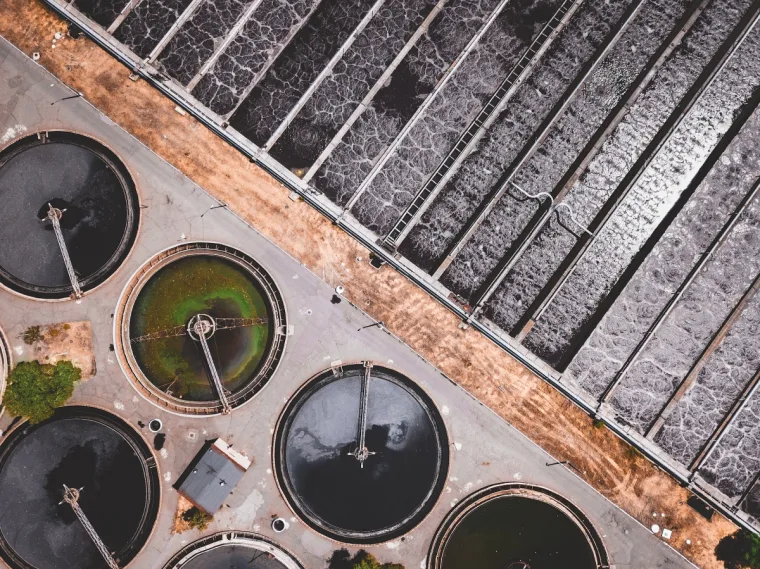

Photo by Ivan Bandura on Unsplash
Population growth and climate change are stretching America’s water supplies to the limit, and tapping new sources is becoming more difficult each year—in some cases, even impossible. New Mexico, California, Arizona, and Colorado are facing the nation’s most significant strains on water supplies. But across the entire American Southwest, water stress has become the norm.
“Every part of the Southwest experienced higher average temperatures between 2000 and 2020 than the long-term average (1895–2020),” according to the U.S. Environmental Protection Agency (EPA). “Some areas were more than 2 degrees Fahrenheit warmer than average. … Large portions of the Southwest have experienced drought conditions since weekly Drought Monitor records began in 2000. For extended periods from 2002 to 2005 and from 2012 to 2020, nearly the entire region was abnormally dry or even drier.”
The EPA paints a bleak picture of the region by referring to its sparse water supply and how the rise in temperatures due to climate change is bound to worsen a bad situation. “Water is already scarce in the Southwest, so every drop is a precious resource. People in the Southwest are particularly dependent on surface water supplies like Lake Mead, which are vulnerable to evaporation,” the agency says on its website. “Thus, even a small increase in temperature (which drives evaporation) or a decrease in precipitation in this already arid region can seriously threaten natural systems and society. Droughts also contribute to increased pest outbreaks and wildfires, both of which damage local economies, and they reduce the amount of water available for generating electricity—for example, at the Hoover Dam.”
Farmers use the vast majority of water withdrawn from the Colorado River to irrigate crops—and 70 percent of that is for crops like alfalfa and hay used to feed cattle. The river also supplies drinking water to 40 million people in the Southwest, and in 2022, Lake Mead—which the Colorado feeds—shrank to its lowest levels since it was filled in the 1930s.
These pressures on a precarious water supply will only intensify with continued climate change and a steadily growing population. Our existing supplies need to be managed better to ensure sustained access to water in the future.
There is hope. Technology, specifically potable reuse, safely turns wastewater into drinking water. One form of this technology, direct potable reuse (DPR), introduces treated wastewater directly back into the existing water supply.
This approach can be cheaper, quicker, and more efficient than many other options to sustain and expand water supply. Better yet, it’s also completely safe.
Despite this reality, U.S. states were once reluctant to introduce DPR, but this method has been gaining momentum as a legitimate, worthwhile, and potentially imperative solution to water supply problems.
“Everyone is feeling the drought,” says Aleks Pisarenko, principal engineer at Trussell Technologies, an environmental engineering firm working in water reuse solutions.
“There are no new sources of water, so when traditional supplies run low, you turn to alternative ones.”
Why have potable reuse projects faced an uphill battle? Just consider how the technology […]
Full article: www.laprogressive.com
Clean water is essential for life, yet millions of Americans unknowingly consume contaminants through their…
Human brains contain higher concentrations of microplastics than other organs, according to a new study, and the…
From the Office of the Governor: In anticipation of a multi-day, significant atmospheric river in Northern California,…
From Governor Newsom: Scientists, water managers, state leaders, and experts throughout the state are calling…
Photo: A harmful algal bloom in Milford Lake, Kansas, made the water appear bright green.…
An expanded plastic foam coffee cup is at a donut shop in Monterey Park, California.…